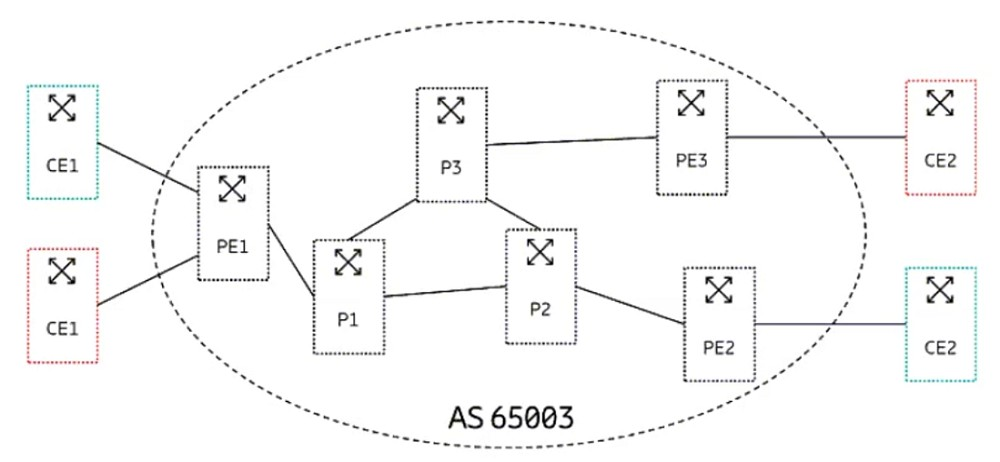Master Ericsson ECP-206 Exam with Reliable Practice Questions
An operator wants to ensure that they can differentiate their traffic types for the purpose of prioritization in their Ethernet LAN and IP/MPLS backbone.
Which three fields would be used? (Choose three.)
Correct : A, C, E
To differentiate traffic types for the purpose of prioritization in their Ethernet LAN and IP/MPLS backbone, an operator can use the following three fields:
Start a Discussions
What is the maximum number of unique VLAN IDs available?
Start a Discussions
Review the exhibit.

A service provider wants to provide L3VPN for two customers (indicated by red and
green in the exhibit).
Referring to the exhibit, which statement is correct?
Start a Discussions
Which two features does IPsec provide? (Choose two.)
Start a Discussions
What is the correct abbreviation for the IP address: BFEA:DACA:0000:0000:9390:0000:0000:D91?
Start a Discussions